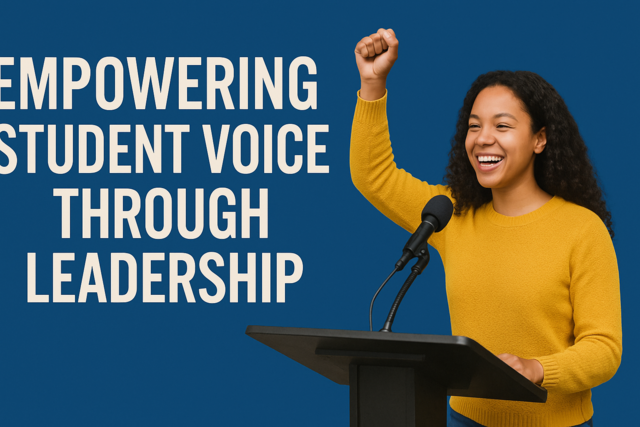Online Class: Strategies for Teaching English Language Learners

no certificate
with CEU Certificate*
-
15Lessons
-
22Exams &
Assignments -
4Hours
average time -
0.4CEUs
Course Description
Imagine walking into a classroom, any classroom, and feeling the vibrant hum of diverse languages intermingling like a beautiful symphony. The atmosphere is charged with potential, each note a unique story, each melody a new cultural perspective waiting to be shared and celebrated. You're not just a passive observer—you're the conductor, orchestrating an environment where every learner thrives. Welcome to "Strategies for Teaching English Language Learners," an essential journey that transforms passionate educators like you into champions of multilingual classrooms.
In today's rapidly shifting educational landscape, understanding how to teach English language learners is more than a skill—it's a superpower. With ELL populations expanding beyond traditional urban centers into rural and suburban schools, the need to adapt teaching strategies to meet these shifts is critical. This course offers a lifeline to educators submerged in these changes, providing not only understanding but mastery of how to shape a truly inclusive educational environment.
Picture delving into Michael Long's Interaction Hypothesis, a theory that brings to life the dance of conversation essential for language growth. Rather than a dry academic concept, imagine learning through stories and real-life examples of how interaction fuels learning, how dialogue not only bridges language gaps but enriches lives. You'll discover how immediate feedback and negotiation of meaning in conversation refine linguistic skills in ways textbooks alone never could.
Transitioning from theory to practice, you'll embark on an adventure toward culturally responsive teaching. Imagine standing in front of a classroom where every student feels seen, valued, and celebrated for their cultural identity. No longer are these diverse backgrounds a challenge to overcome—they're the keys to unlocking engagement and enriched learning outcomes. Through the power of culturally responsive teaching, diversity transforms into your greatest educational ally, enriching classroom experiences and setting new standards for inclusive education.
What if technology were not just a tool, but a bridge to deeper understanding and engagement? Envision harnessing the power of the latest educational technologies, seamlessly integrating them with traditional methods to revolutionize your teaching. Technology becomes a partner in your quest, opening doors to personalized learning pathways and transforming your classroom into a vibrant hub of collaboration and learning.
You're not just arming yourself with knowledge; you're learning to wield it with precision, differentiating your instruction so it meets each student at their own level. This course doesn't just tell you how—it shows you the exquisite dance of differentiating instruction. By integrating culturally relevant materials and using innovative techniques, you'll cultivate a classroom environment where every student feels a deep sense of belonging, inspiring them on a journey of lifelong learning.
Education isn't simply about imparting knowledge; it's about nurturing confident communicators and empowering students to express themselves fully. With a keen focus on language support strategies, be prepared to transform how students use language, encouraging them to take risks, grow in confidence, and embrace their bilingual advantages. Imagine fostering active communication skills that empower students far beyond classroom walls, preparing them for real-world success in any context.
Embark on a reflective journey to enhance cultural competence. You'll face your biases, challenge them, and grow into a more empathetic, understanding educator. This course guides you through the critical process of self-awareness, transforming your approach to teaching and opening your mind to the rich tapestry of experiences your students bring to the classroom.
Ultimately, "Strategies for Teaching English Language Learners" is more than a course; it's a transformative journey that empowers you with innovative strategies to embrace the ever-evolving challenges of teaching ELLs. By the end of this adventure, you'll not only have new tools in your teaching arsenal—you'll have a renewed sense of purpose and passion, ready to inspire and lead a new generation of learners with confidence and compassion.
Join us, and transform yourself from an educator into a seamless bridge builder, connecting cultures, languages, and learners in a world that celebrates diversity. Your classroom will never be the same—and you wouldn't want it any other way.
- Completely Online
- Self-Paced
- 6 Months to Complete
- 24/7 Availability
- Start Anytime
- PC & Mac Compatible
- Android & iOS Friendly
- Accredited CEUs

Course Lessons
Lesson 1. Adaptation and Growth: Understanding ELL Geographical Dispersal
ELL populations are shifting from urban centers to rural and suburban areas, pushing schools to adapt quickly to new cultural and linguistic dynamics. This change requires schools to revise their resources, training, and policies to support an unexpected influx of multilingual students and ensure academic success.Lesson 2. Unlocking the Secrets of Second Language Learning
Michael Long's Interaction Hypothesis posits that conversation is essential for language development, as it facilitates immediate feedback and language refinement through negotiation of meaning. Interaction, therefore, serves as a crucial mechanism for advancing linguistic competence.Lesson 3. Transforming Language Acquisition Through Culturally Responsive Teaching
Culturally responsive teaching adapts instructional practices to honor the diverse experiences of English learners, recognizing the rich tapestry of their cultural contributions. This approach transforms diversity into an educational asset, enhancing student engagement and promoting inclusive learning outcomes.Lesson 4. Bridging Communication Gaps: Effective Techniques for ELL Classrooms
Harnessing technology alongside traditional teaching methods bridges language gaps for ELL students, providing adaptable learning paths that support individual growth. Peer interactions further enrich this process, transforming classrooms into collaborative spaces where cultural insights are valued equally with language skills.Lesson 5. Illuminating Pathways: Differentiating Instruction for ELLs
Recognizing the value of differentiated instruction for ELLs highlights its role in fostering inclusivity and cultural responsiveness in the classroom. Educators are urged to integrate culturally relevant materials and innovative teaching practices, creating a sense of belonging and validation that inspires lifelong learning.Lesson 6. Interactive Learning for Language Acquisition
Language support strategies, such as sentence framing and bilingual resources, nurture language development by connecting new vocabulary with familiar structures. These tools empower ELLs to build fluency and confidence in speaking and writing.Lesson 7. Embracing Culture: CRP's Transformative Impact on ELL Education
By utilizing culturally relevant examples in subjects like science and history, CRP challenges Eurocentric narratives and enriches students' understanding through diverse perspectives, fostering pride in their cultural identities. This method empowers ELLs to see themselves as valuable contributors, enhancing their engagement and academic performance.Lesson 8. Leveraging Language Assessments to Empower English Learners
Collaborative assessments empower ELLs to demonstrate diverse skills and strengths through group projects, fostering interaction and communication vital for language development. By recognizing the bilingual advantage, educators can enhance cognitive understanding and problem-solving by encouraging students to harness their full linguistic repertoire.Lesson 9. Harnessing Technology: Transforming English Language Learning
Overcoming barriers like the digital divide, the rise of educational technology ensures equitable access to quality learning resources, empowering both learners and educators. Global initiatives enhance technological infrastructure and training, paving the way for a seamless integration of traditional and digital pedagogies.Lesson 10. Mastering Tiered Vocabulary for ELLs
Visual aids, such as Word Walls, enhance vocabulary retention by linking words to cultural and contextual experiences. Dual-language displays and interactive elements further engage students, ensuring personalized and connected learning pathways.Lesson 11. Diverse Linguistics: Enhancing ELL Reading Skills
ELLs, a diverse group of approximately 5 million in U.S. schools, bring rich linguistic backgrounds that demand a versatile, compassionate approach to English mastery. The essence lies in balancing cultural heritage with language skills, using thematic vocabulary instruction across subjects.Lesson 12. Harnessing Writing as a Tool for Linguistic Growth in ELLs
Crafting effective writing instruction for ELLs involves understanding the nuances of the writing process and leveraging it to build linguistic capability. Through culturally relevant content, technology integration, and strategic scaffolding, students can confidently navigate complexities, transforming writing challenges into empowering, expressive opportunities.Lesson 13. Cultivating Confident Communicators: Active Listening for ELLs
By encouraging behaviors such as maintaining eye contact and confirming understanding through paraphrasing, teachers enable students to take linguistic risks, essential for language mastery. Utilizing visual aids and tailored questioning further develops learners' comprehension, empowering them in diverse contexts beyond the classroom.Lesson 14. Cultural Competence for Educators
Educators must engage in self-awareness and reflection to recognize personal biases and how they impact interactions with students from diverse backgrounds. This ongoing journey of growth involves actively pursuing professional development to enhance cultural understanding, thereby creating more empathetic and effective educators.Lesson 15. Innovative Strategies for ELL Instruction
Culturally responsive classrooms and growth mindsets empower both students and teachers to embrace diversity and potential. Collaborative professional development and continuous learning equip educators with robust methods to meet the evolving challenges faced by ELL learners.
Learning Outcomes
- Identify and evaluate the challenges ELLs face in U.S. schools and propose solutions to support their academic and social integration.
- Recognize and describe the diverse linguistic and cultural backgrounds of English Language Learners (ELLs) and their impact on educational strategies.
- Define and compare key theories of second language acquisition, including behaviorist, cognitive, sociocultural, and interactionist perspectives, by analyzing underlying principles and methodologies.
- Demonstrate understanding of individual differences in second language acquisition by identifying factors such as motivation, age, and technology that affect language learning success.
- Design culturally responsive lesson plans that incorporate students' cultural heritages and align with varied educational backgrounds to enhance English language proficiency.
- Identify and distinguish the phonetic variations in English pronunciation experienced by ELL students from diverse linguistic backgrounds.
- Define at least three strategies to foster trust and connection with ELL students to improve classroom engagement.
- Demonstrate the integration of visual aids and storytelling techniques to enhance comprehension among ELL students.
- Define differentiated instruction and explain how it addresses the diverse needs of English Language Learners in a classroom setting.
- Demonstrate the ability to apply differentiation strategies by creating a lesson plan that incorporates content, process, and product differentiation for ELL students.
- Demonstrate the ability to construct and utilize sentence starters provided through language support strategies to facilitate sentence formation and vocabulary acquisition in ELL contexts.
- Describe how visual aids and graphic organizers enhance comprehension and retention in ELL students by simplifying complex information into accessible formats.
- Define key elements of Culturally Relevant Pedagogy that promote academic success among English Language Learners by integrating students' cultural backgrounds into the classroom.
- Demonstrate mastery of lesson content at levels of 70% or higher.
Additional Course Information

- Document Your Lifelong Learning Achievements
- Earn an Official Certificate Documenting Course Hours and CEUs
- Verify Your Certificate with a Unique Serial Number Online
- View and Share Your Certificate Online or Download/Print as PDF
- Display Your Certificate on Your Resume and Promote Your Achievements Using Social Media

Choose Your Subscription Plan
No Certificate / No CEUs
This course only
| Includes certificate | X |
| Includes CEUs | X |
| Self-paced |

|
| Instructor support |

|
| Time to complete | 6 months |
| No. of courses | 1 course |
Certificate & CEUs
This course only
| Includes certificate |

|
| Includes CEUs |

|
| Self-paced |

|
| Instructor support |

|
| Time to complete | 6 months |
| No. of courses | 1 course |
Certificates & CEUs
Includes all 600+ courses
| Includes certificate |

|
| Includes CEUs |

|
| Self-paced |

|
| Instructor support |

|
| Time to complete | 12 Months |
| No. of courses | 600+ |
Certificates & CEUs
Includes all 600+ courses
| Includes certificate |

|
| Includes CEUs |

|
| Self-paced |

|
| Instructor support |

|
| Time to complete | 24 Months |
| No. of courses | 600+ |
Related Courses
-
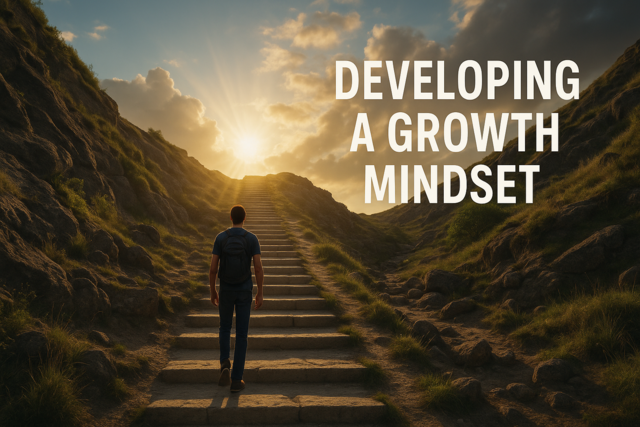 5 hours
0.5 CEUs
Developing a Growth Mindset
+ More Info
5 hours
0.5 CEUs
Developing a Growth Mindset
+ More Info
-
 4 hours
0.4 CEUs
Sustainable Style: Modern Luxury with a Conscience
+ More Info
4 hours
0.4 CEUs
Sustainable Style: Modern Luxury with a Conscience
+ More Info
-
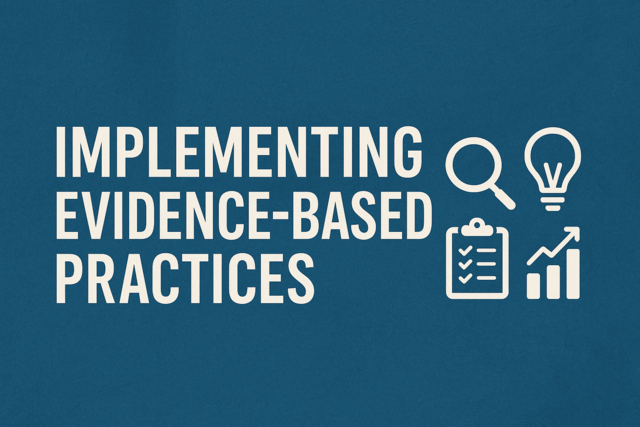 5 hours
0.5 CEUs
Implementing Evidence-Based Practices
+ More Info
5 hours
0.5 CEUs
Implementing Evidence-Based Practices
+ More Info
-
 5 hours
0.5 CEUs
Understanding Educational Neuroscience
+ More Info
5 hours
0.5 CEUs
Understanding Educational Neuroscience
+ More Info
-
 4 hours
0.4 CEUs
Raising Emotionally Intelligent Children: A Guide for Parents
+ More Info
4 hours
0.4 CEUs
Raising Emotionally Intelligent Children: A Guide for Parents
+ More Info
-
 3 hours
0.3 CEUs
Unpacking Attachment Styles: Keys to Healthier Relationships
+ More Info
3 hours
0.3 CEUs
Unpacking Attachment Styles: Keys to Healthier Relationships
+ More Info
-
 5 hours
0.5 CEUs
Footprint of Fashion: Trends Shaping Modern Luxury Brands
+ More Info
5 hours
0.5 CEUs
Footprint of Fashion: Trends Shaping Modern Luxury Brands
+ More Info
-
 7 hours
0.7 CEUs
Emotional Detox: Clearing Pathways to Better Relationships
+ More Info
7 hours
0.7 CEUs
Emotional Detox: Clearing Pathways to Better Relationships
+ More Info
-
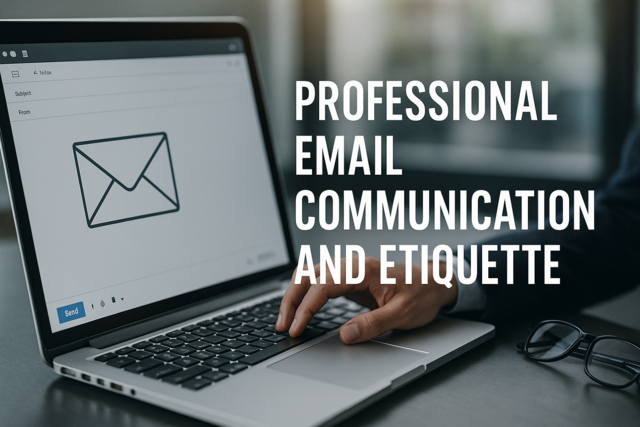 7 hours
0.7 CEUs
Professional Email Communication and Etiquette
+ More Info
7 hours
0.7 CEUs
Professional Email Communication and Etiquette
+ More Info
-
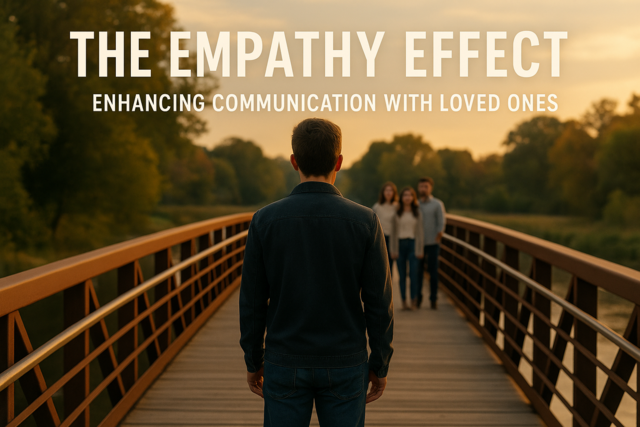 3 hours
0.3 CEUs
The Empathy Effect: Enhancing Communication with Loved Ones
+ More Info
3 hours
0.3 CEUs
The Empathy Effect: Enhancing Communication with Loved Ones
+ More Info
-
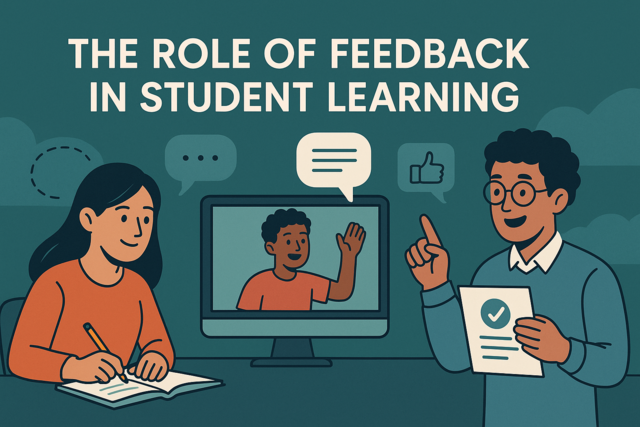 4 hours
0.4 CEUs
The Role of Feedback in Student Learning
+ More Info
4 hours
0.4 CEUs
The Role of Feedback in Student Learning
+ More Info
-
 4 hours
0.4 CEUs
Paranormal Phenomena: Fact or Fiction
+ More Info
4 hours
0.4 CEUs
Paranormal Phenomena: Fact or Fiction
+ More Info
-
 5 hours
0.5 CEUs
Understanding Social Media for Business
+ More Info
5 hours
0.5 CEUs
Understanding Social Media for Business
+ More Info
-
 5 hours
0.5 CEUs
The Compassionate Family: Building Empathy Through Generations
+ More Info
5 hours
0.5 CEUs
The Compassionate Family: Building Empathy Through Generations
+ More Info
-
 6 hours
0.6 CEUs
Basic Gardening and Plant Care
+ More Info
6 hours
0.6 CEUs
Basic Gardening and Plant Care
+ More Info
-
 3 hours
0.3 CEUs
Team Building and Collaboration
+ More Info
3 hours
0.3 CEUs
Team Building and Collaboration
+ More Info
-
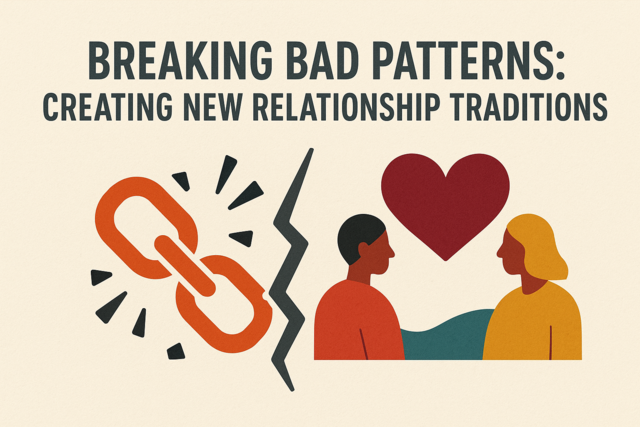 5 hours
0.5 CEUs
Breaking Bad Patterns: Creating New Relationship Traditions
+ More Info
5 hours
0.5 CEUs
Breaking Bad Patterns: Creating New Relationship Traditions
+ More Info
-
 6 hours
0.6 CEUs
Healing from Narcissism: Paths to Recovery and Healthy Dynamics
+ More Info
6 hours
0.6 CEUs
Healing from Narcissism: Paths to Recovery and Healthy Dynamics
+ More Info
-
 5 hours
0.5 CEUs
Boosting Productivity with Effective Email Management
+ More Info
5 hours
0.5 CEUs
Boosting Productivity with Effective Email Management
+ More Info
-
 3 hours
0.3 CEUs
Effective Teaching Strategies for Diverse Classrooms
+ More Info
3 hours
0.3 CEUs
Effective Teaching Strategies for Diverse Classrooms
+ More Info
-
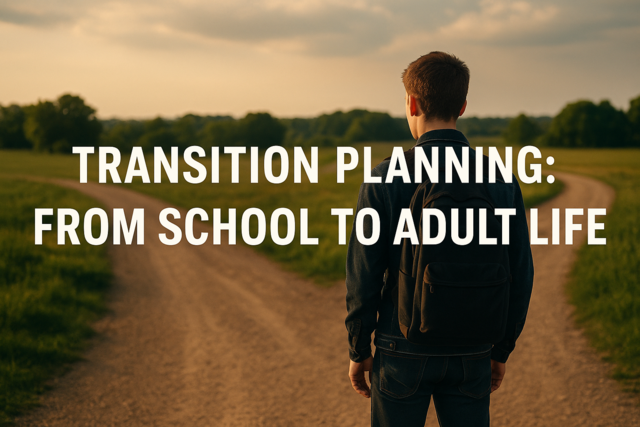 6 hours
0.6 CEUs
Transition Planning: From School to Adult Life
+ More Info
6 hours
0.6 CEUs
Transition Planning: From School to Adult Life
+ More Info
-
 7 hours
0.7 CEUs
The Power of Vulnerability: Authentic Connections in a Busy World
+ More Info
7 hours
0.7 CEUs
The Power of Vulnerability: Authentic Connections in a Busy World
+ More Info
-
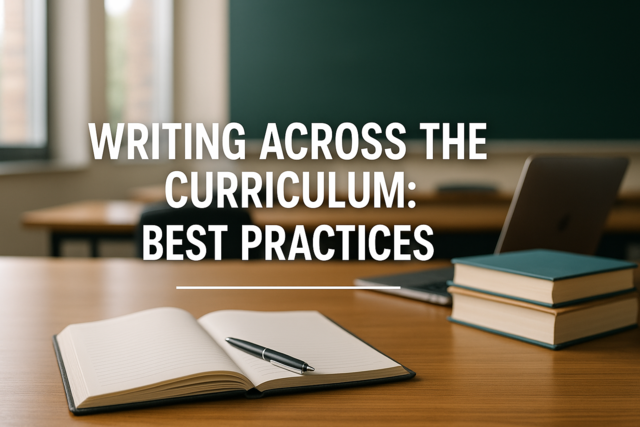 3 hours
0.3 CEUs
Writing Across the Curriculum: Best Practices
+ More Info
3 hours
0.3 CEUs
Writing Across the Curriculum: Best Practices
+ More Info
-
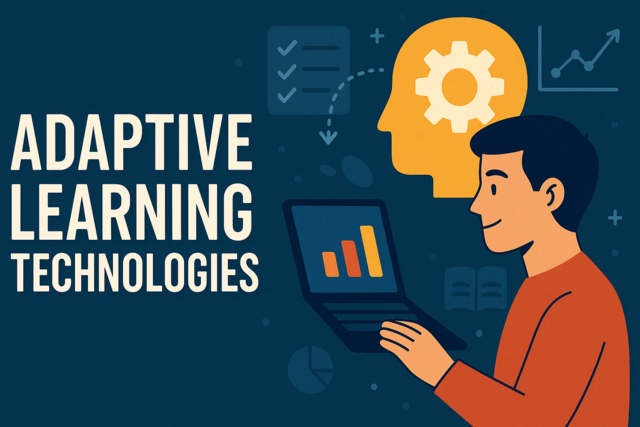 6 hours
0.6 CEUs
Adaptive Learning Technologies
+ More Info
6 hours
0.6 CEUs
Adaptive Learning Technologies
+ More Info
-
 7 hours
0.7 CEUs
Ethical Decision-Making for Educators
+ More Info
7 hours
0.7 CEUs
Ethical Decision-Making for Educators
+ More Info
-
 4 hours
0.4 CEUs
Narcissistic Loops: Breaking the Cycle of Self-Absorption
+ More Info
4 hours
0.4 CEUs
Narcissistic Loops: Breaking the Cycle of Self-Absorption
+ More Info
-
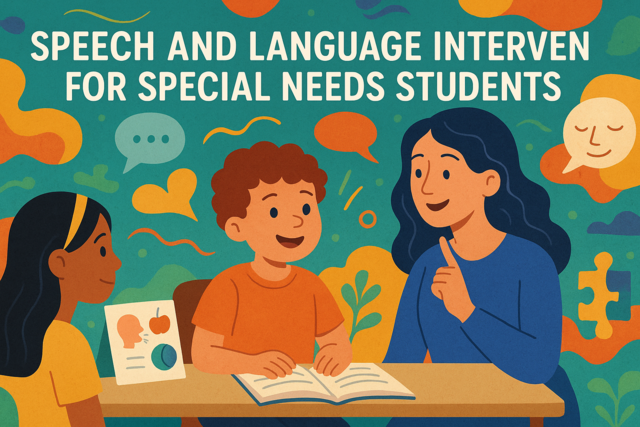 7 hours
0.7 CEUs
Speech and Language Interventions for Special Needs Students
+ More Info
7 hours
0.7 CEUs
Speech and Language Interventions for Special Needs Students
+ More Info
-
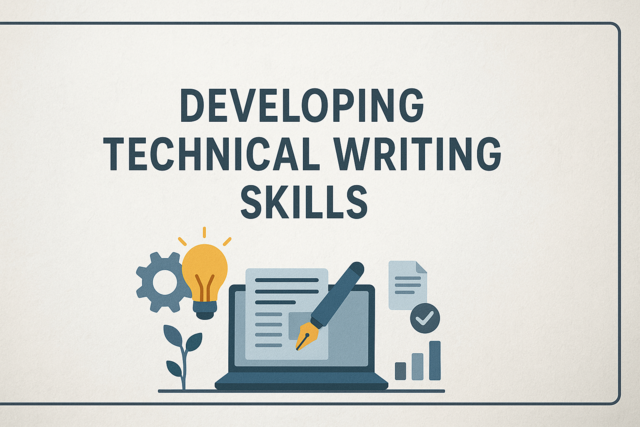 3 hours
0.3 CEUs
Developing Technical Writing Skills
+ More Info
3 hours
0.3 CEUs
Developing Technical Writing Skills
+ More Info
-
 7 hours
0.7 CEUs
Harmony at Home: Techniques for Peaceful Coexistence
+ More Info
7 hours
0.7 CEUs
Harmony at Home: Techniques for Peaceful Coexistence
+ More Info
-
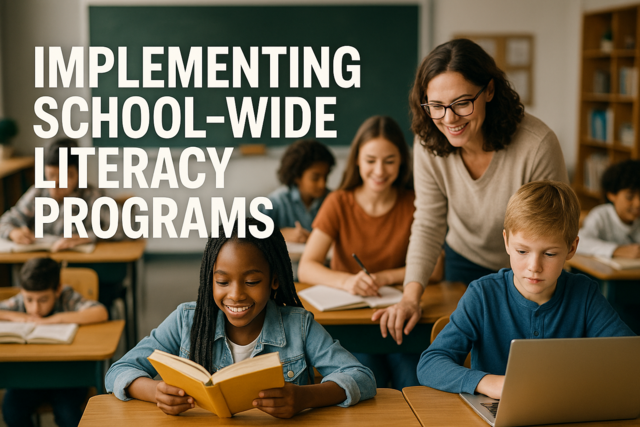 5 hours
0.5 CEUs
Implementing School-Wide Literacy Programs
+ More Info
5 hours
0.5 CEUs
Implementing School-Wide Literacy Programs
+ More Info
-
 5 hours
0.5 CEUs
Advanced Customer Relationship Management
+ More Info
5 hours
0.5 CEUs
Advanced Customer Relationship Management
+ More Info
-
 5 hours
0.5 CEUs
Advanced Writing and Editing Skills
+ More Info
5 hours
0.5 CEUs
Advanced Writing and Editing Skills
+ More Info
-
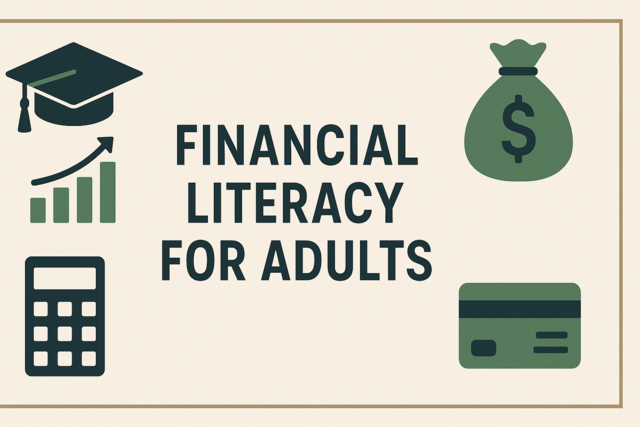 3 hours
0.3 CEUs
Financial Literacy for Adults
+ More Info
3 hours
0.3 CEUs
Financial Literacy for Adults
+ More Info
-
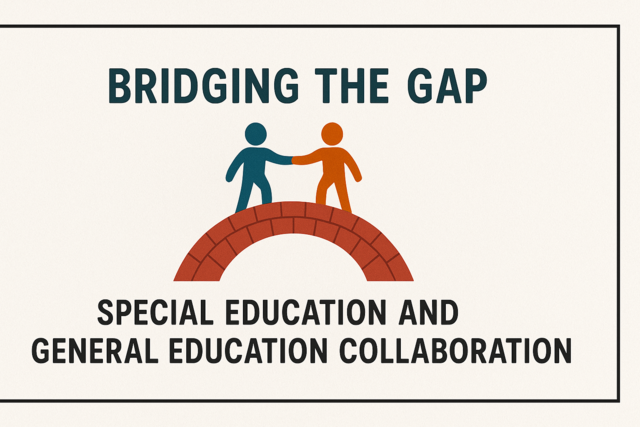 4 hours
0.4 CEUs
Bridging the Gap: Special Education and General Education Collaboration
+ More Info
4 hours
0.4 CEUs
Bridging the Gap: Special Education and General Education Collaboration
+ More Info
-
 7 hours
0.7 CEUs
Promoting Independence and Life Skills
+ More Info
7 hours
0.7 CEUs
Promoting Independence and Life Skills
+ More Info
-
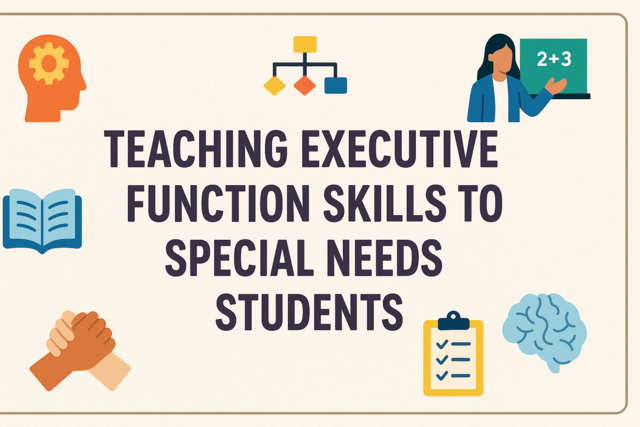 3 hours
0.3 CEUs
Teaching Executive Function Skills to Special Needs Students
+ More Info
3 hours
0.3 CEUs
Teaching Executive Function Skills to Special Needs Students
+ More Info
-
 3 hours
0.3 CEUs
The Role of Peer Support in Trauma Recovery: Building Community and Resilience
+ More Info
3 hours
0.3 CEUs
The Role of Peer Support in Trauma Recovery: Building Community and Resilience
+ More Info
-
 6 hours
0.6 CEUs
Mysteries of Druidic Lore and Alchemical Practices
+ More Info
6 hours
0.6 CEUs
Mysteries of Druidic Lore and Alchemical Practices
+ More Info
-
 4 hours
0.4 CEUs
Astrology for Personal Growth
+ More Info
4 hours
0.4 CEUs
Astrology for Personal Growth
+ More Info



